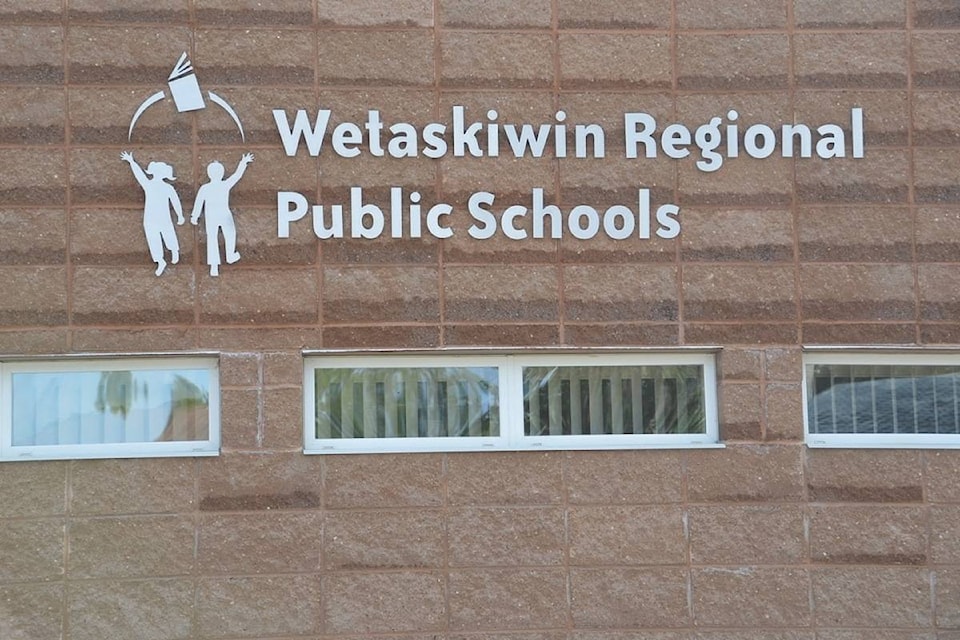The opposite of bullying and negative conflict in schools is positive relationships, and over the years Wetaskiwin Regional Public Schools (WRPS) has developed a number of strategies to help students learn the tools build their own healthy relationships, rather than just focusing on bullying.
Student growth through these practices and tools will allow them to manage conflict successfully, says Nina Wyrostok, director of support services.
The school division looks to create conversations surrounding conflict management and solutions rather than just bullying, as conversations solely regarding bullying will lead to parents and students only focusing on the bullying.
These tactics also aim to teach the difference between bullying, conflict, and disagreements, as they are not the same and should not be viewed the same, says Wyrostok.
Within the division, students are taught through a variety of programs the essential skills needed to handle conflict in a healthy, safe manner and environment.
Such programs include but are not limited to: Effective Behavior Supports, HUB, Roots of Empathy, MindUp curriculum, 40 Developmental Assets, Character Education, Virtues Programming, Project Respect, D.A.R.E., Friends for Life, Restorative Justice, Brain Gym and Fill Your Bucket.
However, if a bullying situation does arise staff are expected to respond quickly. The division’s Bullying Prevention administration procedure states there is zero tolerance for bullying and for ignoring and failing to address bullying incidents.
WRPS employs a Bullying Prevention administrative procedure to give structure and direction to the division’s anti-bullying direction.
The procedure states, “School-wide programming shall be implemented that aims at the enhancement of healthy relationships, the development of pro-social skills and the prevention of bullying.”
“Principals shall ensure that all incidents of bullying are investigated fully. Such reviews should take into account knowledge of previous behavior and may involve interviews with students, parents, and school staff. It may also be necessary to peruse school records; contact previous schools attended, and identify relevant family matters … Each incident of bullying will involve some level of corrective action depending upon the frequency, and severity of the bullying behavior. In every case, those assigning such corrective action will exercise fairness, common sense and appropriate discretion. Where possible, corrective actions to bullying should be interventions that repair the harm that has been done through restitution or restorative practices,” the procedure continues.
